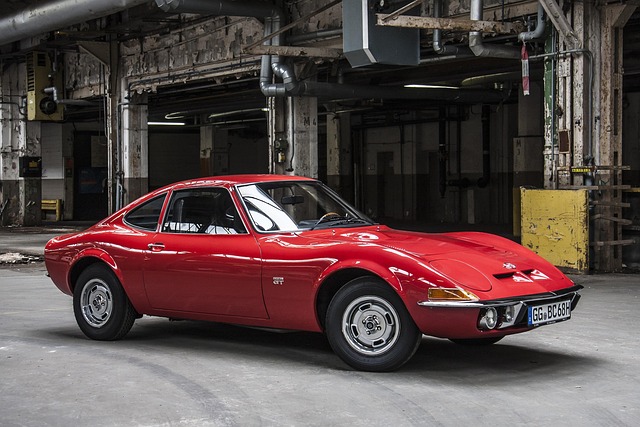Choosing between enclosed and open car transport depends on your vehicle's value, condition, and your budget. Enclosed carriers offer superior security, weather protection, and are ideal for expensive or delicate cars but at a higher cost. Open transport is more economical, suitable for regular vehicles, providing less shielding but efficient for bulk shipments. Prioritize extra care for luxury/classic cars; opt for cost-effectiveness with everyday vehicles.
“Unraveling the Complexities of Car Shipping Expenses: A Comprehensive Guide. When considering transporting your vehicle, understanding the key factors that influence cost is essential. This article delves into the intricate world of car shipping, focusing on two primary modes: Enclosed vs. Open transport. We explore how distance, location, and additional services significantly impact expenses. By the end, you’ll be equipped to make informed decisions, ensuring you get the best value for your enclosed vs. open car transport needs.”
- Type of Car Transport: Enclosed vs. Open
- – Comparison of costs for enclosed and open car shipping
- – Advantages and disadvantages of each transport method
Type of Car Transport: Enclosed vs. Open

When it comes to car shipping, one of the primary factors that influences expenses is the type of transport used: enclosed or open. Enclosed carriers provide an extra layer of protection for your vehicle by keeping it secure within a closed, sealed container during transit. This method is particularly advantageous for luxury or classic cars, which require enhanced security and weather protection. Open transport, on the other hand, involves carrying vehicles on flatbed trucks without any physical barriers. While it’s more cost-effective, it offers less protection against environmental factors like harsh weather, road debris, and potential damage from other vehicles.
The choice between enclosed and open transport depends on your budget and the condition of your car. For high-value or delicate vehicles, an enclosed carrier ensures a safer journey at a higher price point. In contrast, open transport is more suitable for regular cars that don’t demand such specialized care, making it a more economical option.
– Comparison of costs for enclosed and open car shipping

When considering car shipping, one of the primary distinctions lies in the type of transport vessel used: enclosed or open. Enclosed car transport offers a more secure and protected environment for your vehicle during transit. This method is ideal for high-end, classic, or exotic cars that require meticulous care and are susceptible to environmental factors like weather conditions and road debris. The added enclosure provides an extra layer of protection against potential scratches, dents, and other forms of damage.
In contrast, open car shipping exposes the vehicle to the elements, making it a more cost-effective option for everyday vehicles or those in need of quick transportation. While it may be less appealing for luxury cars, open transport is efficient and suitable for bulk shipments, as multiple cars can be carried simultaneously. The lower cost of open shipping makes it an attractive choice for budget-conscious individuals or businesses looking to move their vehicles without breaking the bank.
– Advantages and disadvantages of each transport method

When it comes to shipping a car, there are primarily two methods: enclosed and open transport. Enclosed car transport offers several advantages. It protects vehicles from direct exposure to weather conditions, potential road debris, and vandalism, ensuring the car arrives in the same condition it was shipped in. This method is ideal for high-end or classic cars that require extra care and preservation. Furthermore, enclosed carriers provide a secure environment, reducing the risk of theft during transit.
However, open transport has its own set of benefits. It’s more cost-effective than enclosed shipping, making it an attractive option for budget-conscious car owners. Open carriers can accommodate multiple vehicles, which can lower per-car costs. Additionally, exposure to elements like sunlight and wind can be beneficial for certain vehicles, especially those with specific cleaning or maintenance requirements. But this method leaves the vehicle more vulnerable to damage from road hazards, extreme weather, and theft.
When considering the best method for shipping a vehicle, understanding the differences between enclosed vs. open car transport is key. While enclosed carriers offer enhanced protection against weather and potential damage from other vehicles, they generally come at a higher cost. Open transport, on the other hand, is more affordable but leaves the vehicle exposed to the elements and potential scrapes or dents. Ultimately, the choice depends on your budget, the condition of your car, and the level of security you require during transit.
